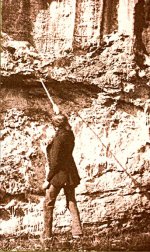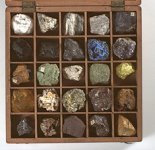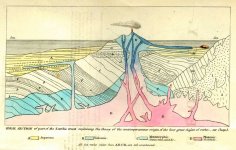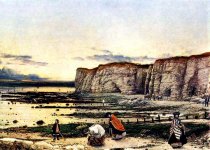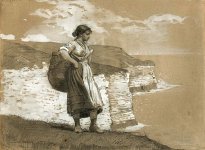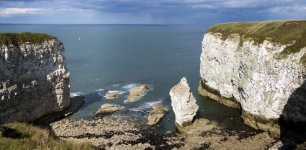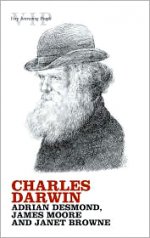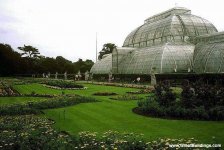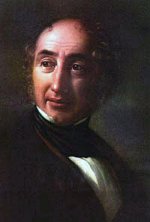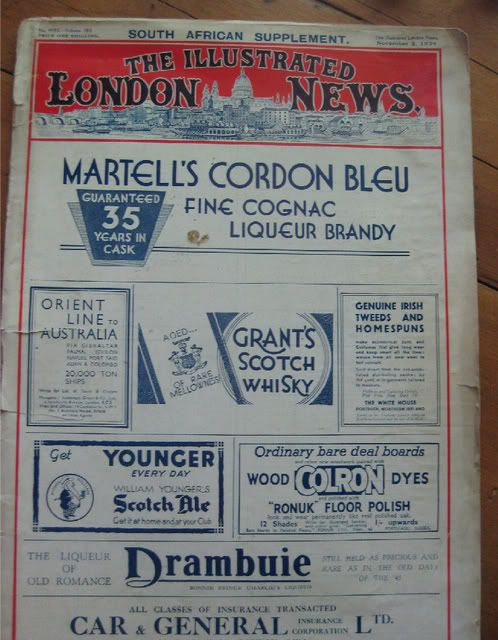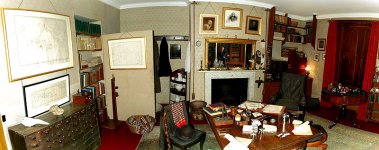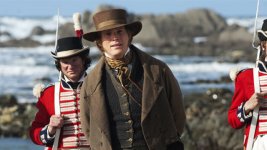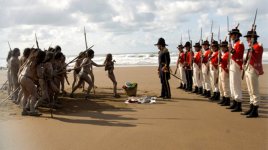Imperial Botany I:
"The Seeds of Empire"
We have previously examined the role of Darwin’s voyage on the HMS Beagle in the service of Britain’s maritime commercial empire and the uses of geological science, as well, in the imperial project. We now turn our attention to the science of botany and its role in that context.
“Many a Kew man has laid down his life in the conscientious performance of his duty, as genuine a sacrifice to the cause of empire and humanity as any soldier or missionary has ever made”---W. J. Bean (1908)
Kew refers to the Royal Botanic Gardens in southwest London, England that played an important role in the expansion of the British Empire during the Victorian Era. This urban botanical garden was significant in the development of British commercial botany and helped spread profitable and strategic plant-based industries to all corners of the British Empire. Charles Darwin was closely associated with the Kew, through one of its directors, Joseph Dalton Hooker who provided Darwin with plant specimens for his research and was a close supporter of his evolutionary theories. In 1865, Joseph Hooker had succeeded his father William who had been director since 1841. In the 1840s, William Hooker was responsible for the construction of Palm House at Kew which became a symbol of the botanical source of much of the British Empire’s wealth.
Palm House was constructed from an industrial steel frame and covered with glass in the manner of a greenhouse. In style and construction, it foreshadowed another architectural emblem of the British Empire, the Crystal Palace of the 1850s which was created as a monument to Britain’s domination of world trade.
The Imperial project represented by Kew and economic botany is clearly expressed by Lucile Brockway in her book Science and Colonial Expansion: The Role of the British Royal Botanic Gardens:
“Inside the Palm House we are dwarfed by the soaring trunks of the palms and fascinated by the luxurious growth of the many tropical species---balsa, breadfruit, bananas, and bamboo…In this building we feel the extent of the British maritime and colonial expansion of the entire world. All of these plants have had significant economic uses. Before the Western expansion, they supplied food and drink, material for shelter, for furniture, tools, containers and ornaments to indigenous peoples in all the tropics, whether by the seashores, in the rain forests, or in the deserts. With the advent of the Europeans, many of these plants entered large-scale international commerce, on terms advantageous to Europeans. In our mind’s eye we see the copra schooners coasting from island to island in the South Seas, picking up cargoes of dried coconuts, or the heavily laden canoes coming down the Oil River ( the mouth of the Niger) to the trading post for transfer of the cargo to British ships. Palm oil was the black gold of the river then, though today tankers tie up at these same Oil River ports to ship out Nigeria’s petroleum. Breadfruit was taken by Captain Bligh [of the HMS Bounty] to Jamaica to serve as food for the slaves in the canefields.
“Through its development of the plants transferred [ back home and eventually among its colonial possessions], Kew converted knowledge to profit and power for the Empire and for the industrial world system of which Britain was then the leader. Kew gave whole-hearted support to it mission, and shared the nation’s spirit of crusading imperialism.”
The plants from Kew that helped the British Empire’s evolution also aided Charles Darwin in developing evolutionary theories that would subsequently be used by others as a supporting rationale for empire as a way of life.
Illustrations:
1. Royal Botanic Gardens, Kew
2. Joseph Dalton Hooker (BW photo)
3. William Jackson Hooker (color oil painting)
4. Palm House
5. Crystal Palace


